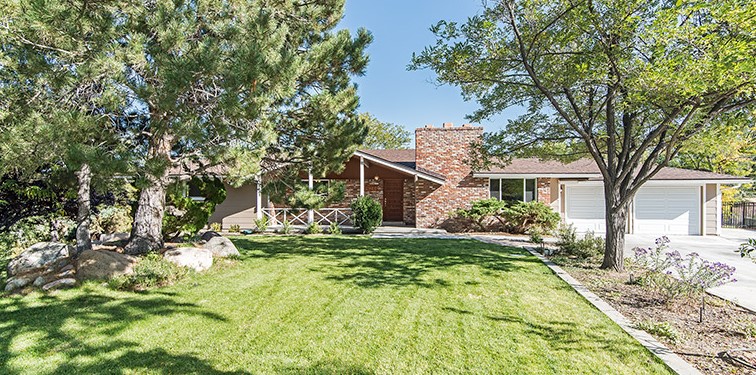Home prices are rising nearly everywhere due to record-low mortgage rates and a lack of homes for sale-except for these places where prices are falling.

The median home price in Reno, NV has topped $500,000. While sellers rejoice at their potential profit, the increase baffles and depresses buyers. Northern Nevada’s housing market reflects a nationwide trend — city-dwellers fleeing high-priced areas and flocking to smaller cities, scooping up “affordable” homes, lowering the inventory, which raises prices. And so it goes. Not just here. Small and mid-sized cities nationwide are experiencing similar price jumps.
Nationally, home prices are up in just about every nook and cranny of the country, rising 15% year over year to a median $356,000 in January, according to realtor.com® list price data. The realtor.com data team discovered six places where home prices are actually falling. “Affordable” of course is relative.
Covid-19 factor Travel restrictions, job layoffs and overall economic decline put downward pressure on certain cities around the country. For those working for employers that will allow them to work from home, some of these “bargain” cities may be worth looking at to find a great home at a relatively bargain price. Realtor.com crunched the data for 250 metro areas to come up with a list of areas where home prices are falling.
OK, bargain hunters, here’s your chance! Here are the places where homes are actually getting cheaper. (At least by a bit.)
1. Destin, Florida

Median list price: $469,000
Median list price change: -15.6%
Located on the Florida Panhandle about 2.5 hours west of Tallahassee, Destin was hit hard by Hurricane Sally in September 2020. The storm caused massive flooding and beach erosion. Prior to that, Florida’s Department of Environmental Protection had already designated parts of the coastline “critically eroded” following other severe storms in the area.
The entire state also reported a significant drop in tourism last year, according to Visit Florida, the state’s official tourism marketing corporation, largely due to the pandemic. That’s all hurt the local housing market.
The Destin area has seen an increase in offseason tourism as parents and children are able to work and go to school remotely, Local buyers are flooding the market, but they’re looking for cheaper, single-family homes under $300,000. Competition for those homes is fierce, and they’re going quickly.
However, the market is saturated with condos, which is likely helping to drag median prices down. On the other end of the spectrum are the $1 million-plus homes that aren’t selling, according to Realtor.com
What it costs: Buyers who don’t mind a lack of beach access can purchase a three-bedroom home with an enclosed patio and a heated pool for under $500,000.
2. Honolulu, Hawaii
Median list price: $975,000
Median list price change: -12.2%
Nearly $1 million for a home may not seem like a bargain, but homes in Hawaii are notoriously expensive. Covid restrictions, mandatory quarantining led to a 75-percent drop in tourism In December alone, according to the Hawaii Tourism Authority. The result: Massive tourism-related job losses.
What it costs: a brand-new, four-bedroom home with mountain views, a large veranda, and a rental property above the garage was listed for $899,000.
3. Bloomington, IL
Median list price: $117,000
Median list price change: -8.3%
A loss of manufacturing jobs, a curtailing of on-campus students at Illinois State University and the state’s relatively high tax structure have hurt home prices in Bloomington. Yet the city is fairly close to Chicago, St. Louis, and Indianapolis, making it attractive to at-home workers or those who travel occasionally.
What it costs: A two-bedroom, with two updated bathrooms and a fenced-in yard in a historic neighborhood was listed for $119,900.
4. Erie, Pennsylvania

Median list price: $139,500
Median list price change: -3%
Weather challenges caused Erie experienced population declines even before Covid. Known as the snowiest town in Pennsylvania, it averages 100 inches of snowfall per year, thanks to its location on Lake Erie.
The local economy also took a hit in 2020 with job losses in the manufacturing and leisure and hospitality industries, which caused the area unemployment rate to rise to 7.8% in December.
What it costs: A completely renovated, move-in ready four bedroom home was listed for less than $160,000.
5. Shreveport, Louisiana

Median list price: $512,000
Median list price change: -2.6%
Shreveport is the second-largest tourist destination in Louisiana, behind New Orleans. COVID-19 related tourism drops led to layoffs at hotels and casinos, hurting local-buying ability. High crime rates in downtown Shreveport also hinder demand.
Still inventory here is tight. The area usually has around 3,000 homes on the market at a given time. Recently, it had 162, according to a local agent.
What it costs: A restored historic three-bedroom home with a renovated kitchen, wood floors, and Southern charm throughout for was listed for $479,000.
6. Terre Haute, Indiana
Median list price: $82,000
Median list price change: -1.5%
2020 was a tough year for Terre Haute, home of Indiana State University. Small businesses and manufacturing laid people off. . Enrollment at local universities plunged as classes moved online, and sporting events that normally bring in scores of tailgaters have been playing without fans. Sadly, violent crime rose 25 percent and opioid overdoes rose.
What it costs: A character home built in 1910 with three bedrooms, hardwood floors, an eat-in kitchen and a three-car garage was listed for $79,900.
This post is based on an article that first appeared on Real Estate News & Insights | realtor.com®




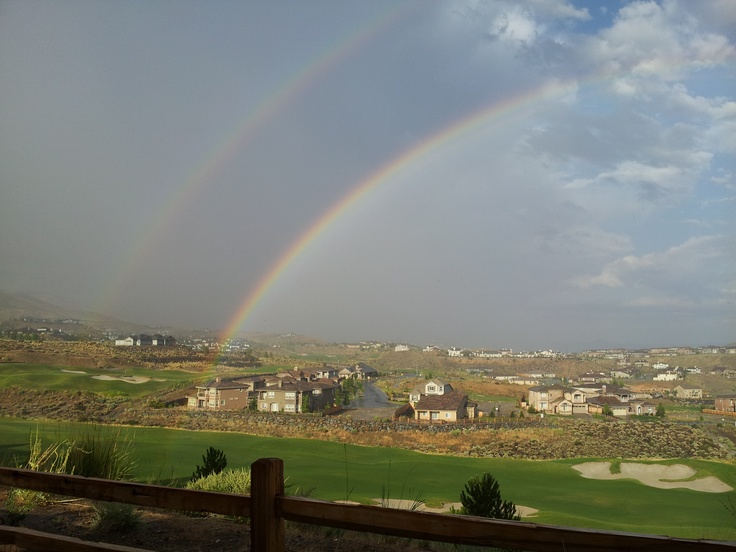
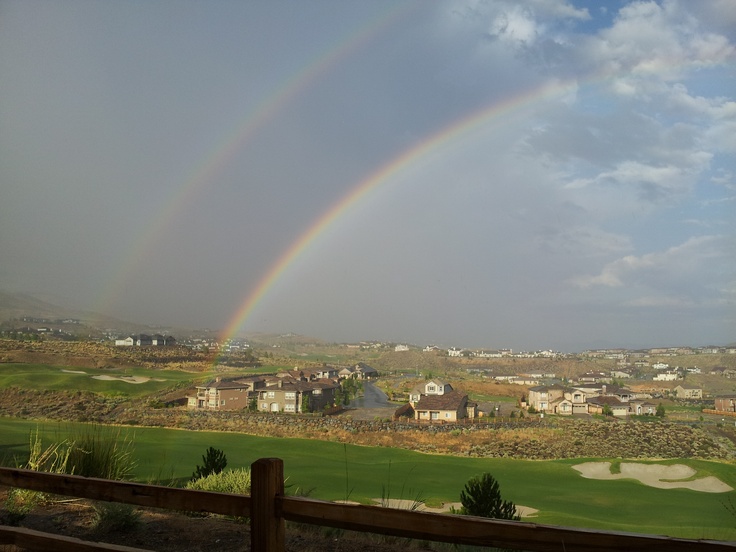
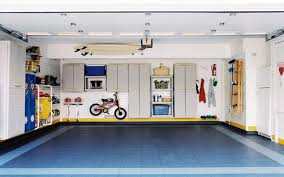




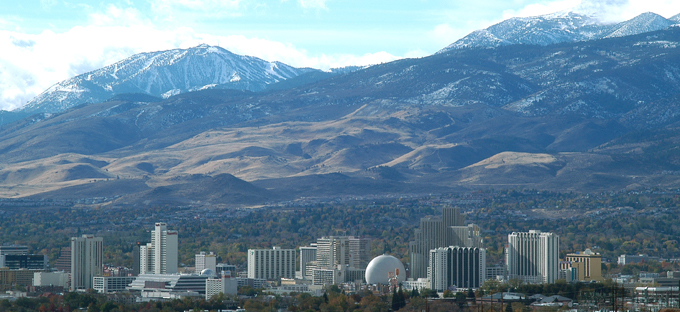
 rporations to the area and encourage start-up businesses.
rporations to the area and encourage start-up businesses.  medical care, Carson City has a large hospital, plus the University of Nevada, Reno has a medical school and nursing program.
medical care, Carson City has a large hospital, plus the University of Nevada, Reno has a medical school and nursing program. and named after Gov. John Sparks in 1904. Today tourist, commercial and industrial businesses fuel its economy and its residential areas extend far to the north into Spanish Springs.
and named after Gov. John Sparks in 1904. Today tourist, commercial and industrial businesses fuel its economy and its residential areas extend far to the north into Spanish Springs.